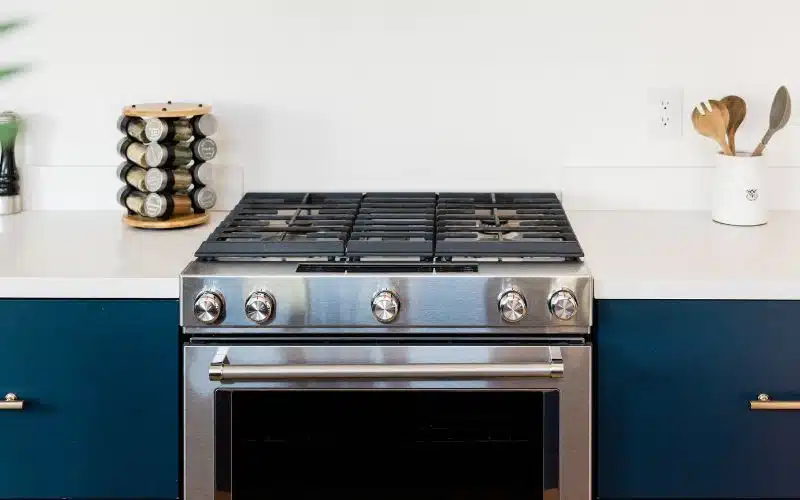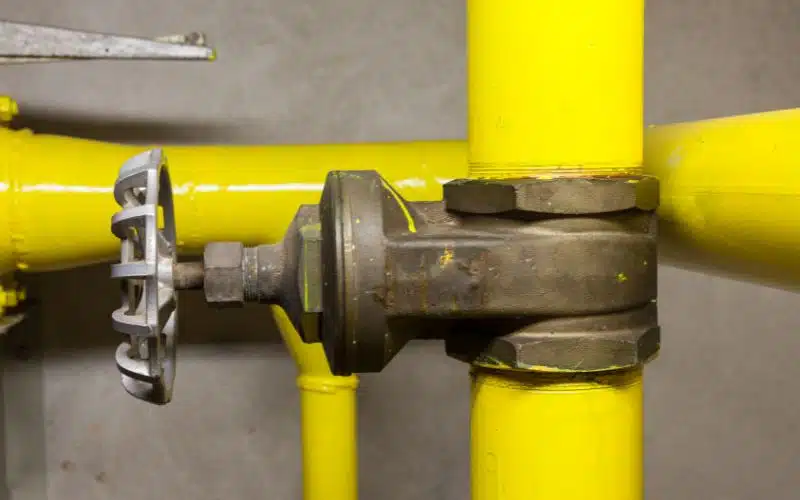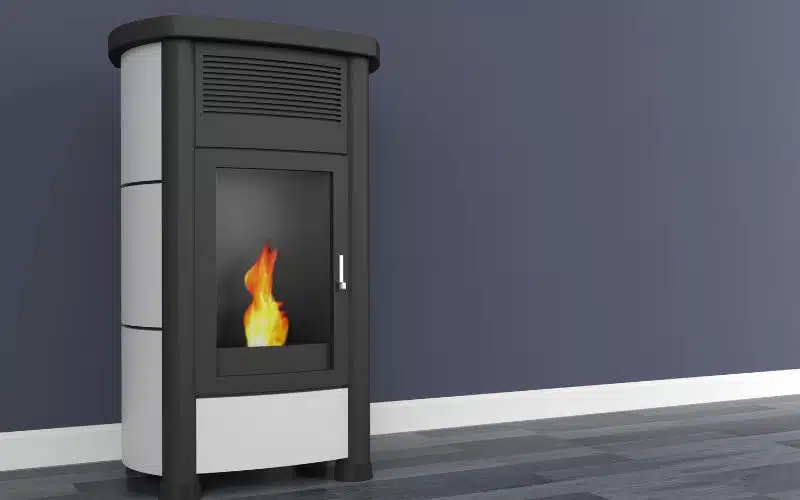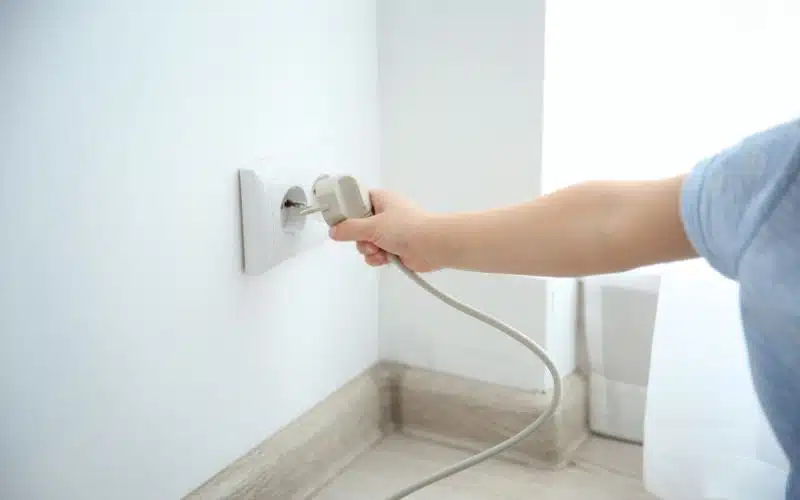What could be better than being able to make food on the stovetop in your kitchen? Nothing, unless you’re dealing with an unsightly pitting problem that needs some attention.
Stove tops are among the most challenging surfaces to clean in your kitchen.
No matter how hard you scrub, it can be hard to remove grease, grime, and food splatters from them.
Likewise, a pitted glass stove top can be challenging to clean without the right cleaning supplies, but with the right ingredients, you can make your stove top cleaner in no time.
This article contains helpful tips on doing just that, so if you want to learn more about cleaning and repairing your stovetop glass, keep reading!
To clean a pitted glass stove top, remove ample food or debris with a sponge or paper towel. Mix baking soda with white vinegar and spread on the stove top with a sponge or paper towel. After 20 minutes, brush off any residue and rinse the surface with hot water until clear.
What Is a Pitted Glass Stove Top?

A pitted cooktop is a cracked and chipped cooktop where each chip in your glass cooktop shows signs of a pit or small crater.
You can clean your cracked and pitted ceramic glass cooktop with special care to ensure it doesn’t get worse.
It’s important to remember, though, that at some point, you may have to replace your pit-scarred glass cooktop with something new.
Cracked and pitted cooktops are easier to clean than a smooth, shiny glass surface. However, you can still damage your ceramic glass cooktop with cleaning products if you’re not careful.
The most common cause of a pitted glass stove top is long-term contact with acidic food, such as tomato sauce or citrus juice.
Is It Safe To Use a Pitted Glass Stove Top?
A glass stove top can be pretty susceptible to damage. However, its significant advantage is that you can clean it up quickly and easily. So, what happens when a drop leaves a permanent divot?
Is it still safe to use a pitted glass stove top? Take a look at what could be causing these divots and why you shouldn’t worry about them.
If you’re worried about using your cooktop, don’t be. Most pitted glass stove tops come from burned food or spills that you leave for too long.
There isn’t much risk of cutting yourself by accident, so these divots shouldn’t cause problems in day-to-day use.
Now that you know it’s safe to use a pitted glass stove top, it’s essential to figure out if these pits are usual. It may be that you can live with them; they don’t usually affect performance.
Remove an oven rack or other metal object and place it over a pit to tell for sure. If there is no heat distribution change, you don’t need to worry about cleaning your glass top.
Causes Of Pitted Glass Stove Top
It has to do with several factors, such as:
- When metal pans slide to and fro across a glass stove top or when food boils, spills, and sticks to the surface, light pitting and scratches can appear on the surface of the glass stove top. In addition, if you’re using a stovetop cleaner that isn’t made specifically for your cooktop or using too much product, you may wind up with burnt-on food that gets stuck in pits on your glass.
- Another cause of pitted glass cooktops is damage from extreme heat. The high heat will cause some areas to become more susceptible to scratches than others. These areas will increase the risk of developing into larger cracks over time.
- Another cause of pits in your glass stove top is cleaning products. In addition to preventing a clean and smooth surface, they can damage it further by loosening stains or dirt built up over time. Most cooktop cleaning products are safe for glass stove tops, but you should always check that they do not contain abrasives. Use these instructions to clean your cooktop and avoid damaging it further.
- Most damage to a glass stove top happens over time due to use and cleaning; wear and tear is a common cause of the problem.
- Cooking highly acidic foods can result in your glass stove top getting pitted.
How To Repair Your Pitted Glass Stove Top?
If you have a pitted glass stove top, don’t panic. You can repair it at home by following these simple steps.
- First, clean off any residue with a degreaser and steel wool.
- Next, mix equal parts baking soda and vinegar in a small bowl.
- Make a paste by adding one tablespoon of vegetable oil to two tablespoons of baking soda. Then, spread it over your cooktop in an even layer with a butter knife.
- Use rubber gloves to avoid getting your hands greasy.
- Finally, let it sit overnight and use a soft scrubbing sponge or cloth to remove it in the morning.
With these tips, your pitted glass stove top will look new! Repairing a pitted cooktop is easier than you might think.
Just follow the simple steps listed above, and you’ll be cooking on a smooth surface again in no time!
A professional repair may be necessary if pits in your glass stove top worsen or if new ones start appearing. In most cases, a qualified technician can repair the cracks.
However, contact an appliance specialist if your cooktop is beyond repair and you need to replace it entirely.
How to Clean a Pitted Glass Stove Top?
Glass cooktop cleaning is easy. Glass stove tops are cleanable and tend to last for a long time as long as you treat them with care.
The first step in cleaning your ceramic glass cooktop is removing any large particles.
Spray warm water on these and wipe them away with a damp cloth. You can also use a razor blade scraper for more giant stuck-on messes.
Next, use a cleaner specifically designed for ceramic cooktops. Ceramic glass cooktop cleaners are available at any home improvement store and will help clean your ceramic glass cooktop while reducing wear and tear.
Spray your cleaner on all parts of your broken cooker, let it sit for a few minutes, and clean with a dampened rag.
Use paper towels when cleaning plastic-coated heating elements that can scratch if you use too much force.
You can also clean your glass top stoves with a citric acid cleaner, vinegar, or lemon juice. Depending on how dirty and damaged your cooktop is, you may need to use these chemicals at varying strengths.
Be careful not to spill any of these products into your oven, as they can damage various surfaces.
If you have stubborn stains that won’t come out, try using a scouring pad to scrub these areas.
While you don’t want to scratch your cooktop, be sure to use a non-abrasive pad or scrubber so that you don’t end up making things worse.
It is important to note that if your cooktop isn’t dishwasher safe, it is not safe for you to clean with cleaning products or in a dishwasher.
After cleaning, you may want to coat your cooktop with a non-stick spray to keep it cleaner in between cleanings.
Conclusion
In summary, a pitted glass stove top may look harmless and well-cared for, but if not correctly taken care of, it could damage your entire glass stove top, causing you to replace it and spend more money.
Hence, the need for you to know how to repair and clean it to avoid further pitting.





